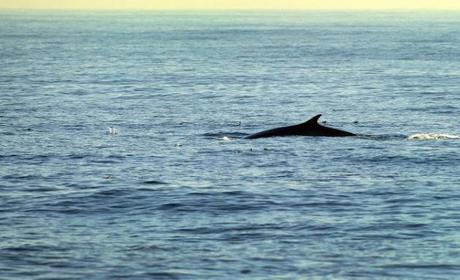World of Diversity Discovered in Tiny Ocean Creatures

A world of diversity has been discovered in plankton, the tiny plants, viruses and embryonic fish that are a favorite food of whales and supply much of the planet's oxygen, researchers said Thursday.
Plankton are important because they serve as the base of the marine food chain and provide half the oxygen generated on Earth by photosynthesis.
It turns out, these organisms are far more complex than scientists ever imagined, according to the five studies in the journal Science describing the findings of a multi-year journey known as the Tara Oceans project.
International scientists traveling aboard the French schooner, Tara, embarked on expeditions from 2009 to 2013, taking 35,000 samples of plankton -- including viruses, bacteria, single-cell algae and fish larvae -- from all major regions of the oceans.
"This is the largest DNA sequencing effort ever done for ocean science: analyses revealed around 40 million genes, the vast majority of which are new to science, thus hinting towards a much broader biodiversity of plankton than previously known," said researcher Patrick Wincker, from the French National Sequencing Center, Genoscope.
These findings are available to interested scientists in a newly created Ocean Microbial Reference Gene Catalog.
The research vessel has also collected information about the oceans' depth, temperature and salinity, and the interactions between the tiny life forms that live in the water.
"When we mapped how planktonic organisms -- from viruses to small animal larvae -- interact with each other, we discovered that most of those interactions are parasitic, recycling nutrients back down the food chain," said Jeroen Raes from the Flanders Institute for Biotechnology and Free University of Brussels.
When it came to viruses, the team identified more than 5,000 viral populations throughout upper parts of the world's oceans.
"Surprisingly despite several decades of prior marine viral research, only 39 of these 5,000 viral populations were similar to previously known viruses," said researcher Jennifer Brum from the University of Arizona.
The new information "has generated a treasure trove of data available to anyone willing to dive in," said an accompanying Perspective article in the journal Science, authored by E. Virginia Armbrust at the University of Washington, Seattle and Stephen R. Palumbi of Stanford University.
"Together, these studies deliver compelling evidence for extensive networks of previously hidden biological interactions in the sea."



